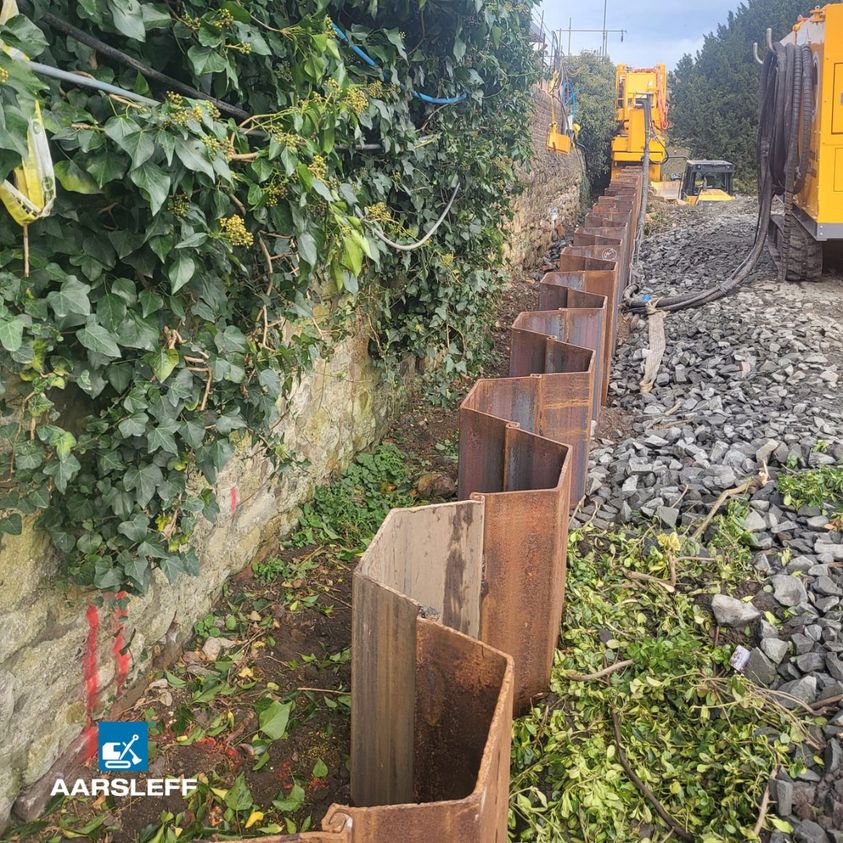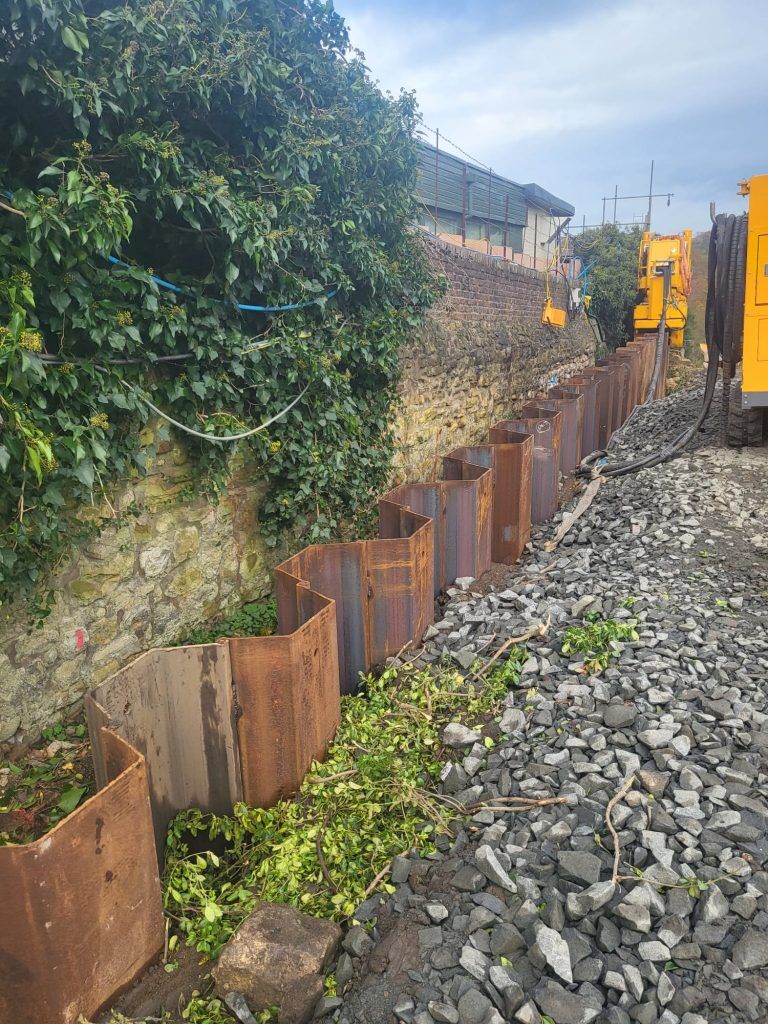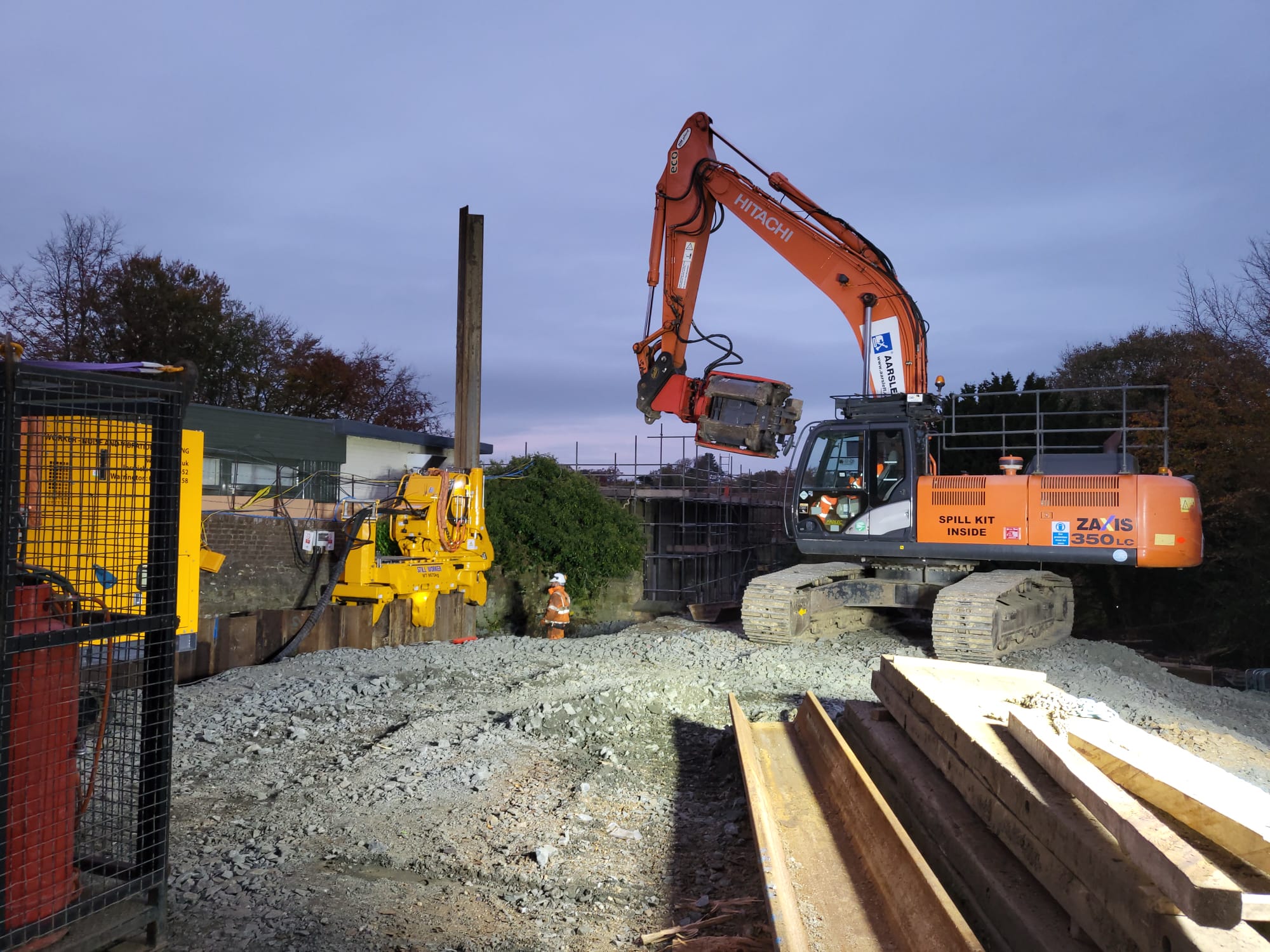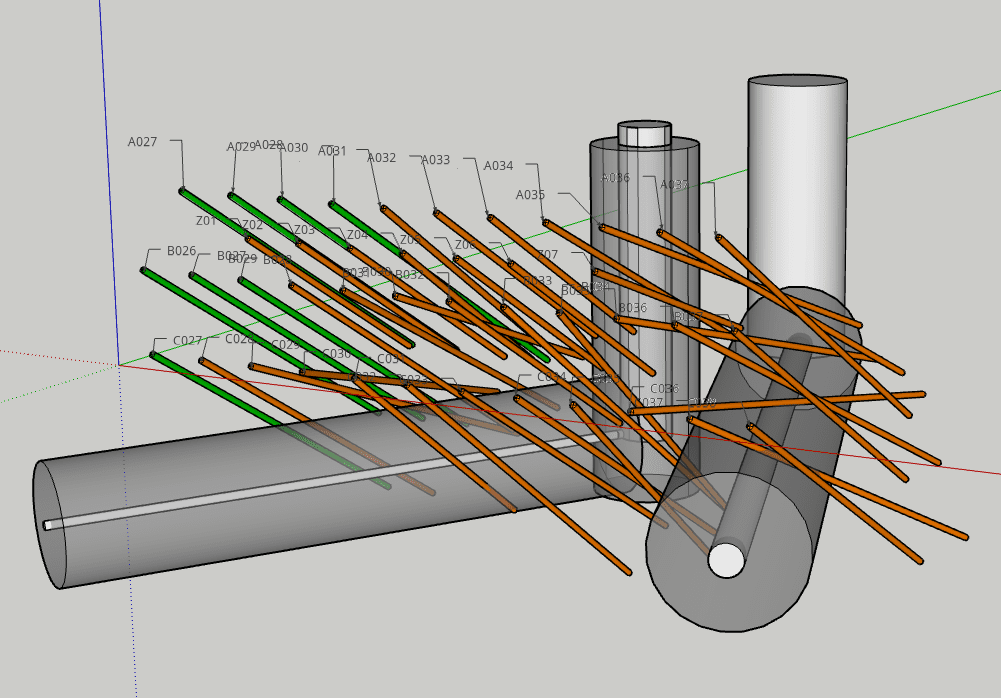 Add My Company
Add My Company
LET'S TALK... SLOPE STABILISATION

What is slope stabilisation?
Slope stabilisation is the implementation of techniques that aim to add stability to an unstable slope. The process of slope stabilisation increases the factor of safety to ensure the slope is considered adequately safe.
Slope stabilisation and remediation can be needed on a wide range of projects – highways, residential, commercial, marine… Anywhere there are slopes involved, there is a risk of a failed slope. Landslide issues and unstable slopes pose a risk to both the end users of the scheme and the integrity of your development as a whole.
However, intelligent ground engineering solutions can offer mitigation for landslide issues and increase the factor of safety of the slope to ensure development can continue as needed.
Through three worked examples, we’re taking a deep dive into how ground engineering can deliver slope stabilisation, with full design and delivery taking place in house at Aarsleff, your full ground engineering package provider.
ALNWICK - DRIVEN STEEL SHEET PILING
In late 2021, Aarsleff were approached to address a slope stabilisation issue during the conversion of a historic secondary school into a hotel in Alnwick in the North East of England. Two walls were needed; one to the west of the site to provide stability and a replacement for the existing failed retaining wall in the car park.
Aarsleff undertook global stability analysis on the slope and existing wall on the site to determine the best possible way forward to mitigate any landslide issues. This information was then used to create an adaptable yet optimised design for both the western wall and the car park wall.
Driven sheet piling was chosen as the ideal method for the work. Its quick and flexible installation capabilities meant that the programme requirements of the scheme could be met despite ongoing changes and adaptations to the scheme after mobilisation to site. The wide range of section thicknesses almost meant that the most cost-effective solution could be provided to the client whilst ensuring the stabilisation of the slope in both instances.
The work was delivered in two stages as development around the site continued with earthworks and associated civil engineering to facilitate the upgrade of the building. In total, 57.6m of sheet piles were installed to form the western wall and 20m of sheets made up the car park wall.
One of the main challenges on site was the existence of an extant masonry wall around one metre away from the installation site in the car park. The combination of nearby listed buildings, the tourist nature of the neighbouring site, and the failed wall within such close proximity meant that traditional methods of installing sheet piles would’ve been too risky in terms of noise and vibration. Therefore, the design was centred around the use of a silent press for installation along with a Movax where needed when ground conditions were tough. This combination ensured the safety of the nearby historic buildings and mitigated commercial damage on the surrounding area.
The solutions provide a safe and clean finish to the site, with the ability to be cladded if the end client wishes to finalise the aesthetic of the walls and successfully increased the factor of safety of the slopes to allow the development to progress.


GIBRALTAR ROCK – CONTIGUOUS PILE WALL
King Edwards Bay is a small sandy beach enclosed by grassy banks and sheltered by cliffs, located at the foot of Tynemouth Priory and Castle – a historic site run by English Heritage. It is one of the most recognisable landmarks in the North of England. The cliff face had been remediated poorly in the 1980’s and was in imminent danger of collapse, threatening local pubs and restaurants on the beach and the cliff. Aarsleff Ground Engineering were one of 8 contractors contacted by North Tyneside Council to provide a solution to the failed cliff face’s potential landslide issues.
Aarsleff delivered a two staged solution to develop a scheme design that would provide a 120-year design life to provide slope stabilisation. Stage 1 included ground investigation works with trial pits to determine the nature of the cliff failure and to provide a cost-effective solution.
Stage 2 proposed the installation of a contiguous piled wall, 10m in depth and 300mm in diameter, secured with a capping beam. Aarsleff then provided a scaffold platform to demolish 3m of the failed cliff face, which was done to reach competent sandstone. We then installed 3m long rock bolts to secure back to the cliff, a gabion basket wall within the voided area and shotcrete to the new face of the wall.
Due to the emergency nature of the works, the scope of the final product was not known at tender stage. However, through detailed design work and early engagement with supply chain partners, as well as the local council, Aarsleff were the only contractor to provide a scheme design that was cost effective and managed the risks on the project.
The main challenges of the piling work were operating in a tight environment, very close to an unstable cliff, with little space available at the pile locations. This was further complicated by working close to local businesses and English Heritage site. Aarsleff’s technical knowledge and diverse drilling capabilities allowed us to overcome unforeseen ground conditions such as harder bands of sandstone.
Another challenge of the works was demolishing the failed slope safely in a controlled manner, whilst reducing the commercial impact on local stakeholders. This was achieved through early
detailed engagement of subcontractors to manage risks at tender stage, coming up with appropriate scaffold solutions and demolition sequences to protect the local businesses on the beach below.
Aarsleff and our supply chain delivered an excellent quality product, securing the cliff face for the full 120-year design life of the scheme. The new cliff face is also more aesthetically pleasing than before, with 25m2 of the wall being sprayed with shotcrete, carved and dyed to match the existing Victorian era wall. Aarsleff were the only geotechnical contractor that grasped the complexity and potential solution that was within budget, safeguarded the cliff and improved the aesthetic of one of the North East’s most iconic landscapes.
The works at Gibraltar Rock was the first time Aarsleff worked with North Tyneside Council and is one of the largest projects we have undertaken as principle contractor. The project was extremely successful, with close cooperation that continued from tendering stage to project completion.
Aarsleff’s design principle, of using a contiguous piled wall to help support the failing slope during demolition, as well as utilising close cooperation with our supply chain partners from an early preconstruction phase, is now considered by North Tyneside Council as the textbook response to any future issues with slope stabilisation.

NORTHAMPTON - SOIL NAILS
In mid-2023, Aarsleff Ground Engineering were approached to design and install a soil nailed solution to remediate a failing reinforced soil wall at a distribution centre in Northampton. The soil nailed solution required an approximate 80m length of slope stabilisation to stabilise the existing gabion faced wall with retained heights up to 3.5m.
Detailed design was undertaken to back-analyse the existing failure and determine the most efficient arrangement of soil nails to return the slope to an adequate factor of safety. Soil nailing was undertaken using R32 type hollow threadbar installed into grouted bores constructed using minimum 100mm diameter drill bits. Three rows of 8m long nails were installed through the reinforced soil block and into the underlying Mudstone bedrock. The slope was finished with a hard structural facing comprising A193 reinforcement mesh and 150mm thick sprayed concrete.
Due to the presence of existing buried services passing behind and underneath the slope, the design had to overcome the significant risk of clashing with the services. Detailed 3D visualisation was employed to design bespoke nail orientations, this approach together with tight setting out and installation controls on site enabled the works to be completed successfully without damage to the services.
The solution provided both a structurally sound and clean finish for the distribution centre, with the possibility to clad if the end client wishes moving forward. The project overall delivered a comprehensive slope stabilisation result which ensured minimal disruption to the busy site. The combination of detailed design and experienced operational staff ensured that the project ran smoothly and our client was delivered a fully comprehensive solution that improved the factor of safety to an adequate level once more.

Conclusion
These three key projects highlight the ways in which ground engineering can be employed to achieve slope stabilisation. There are a range of solutions that can be utilised, but the key factor is comprehensive engagement with an expert contractor. With design and operational expertise in house, Aarsleff Ground Engineering are a choice contractor for slope stabilisation projects across a range of sectors. Get in touch today to understand how we can add value to your scheme.
For more information on LETS TALK SLOPE STABILISATION talk to Aarsleff Piling Ltd
